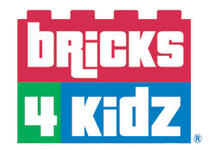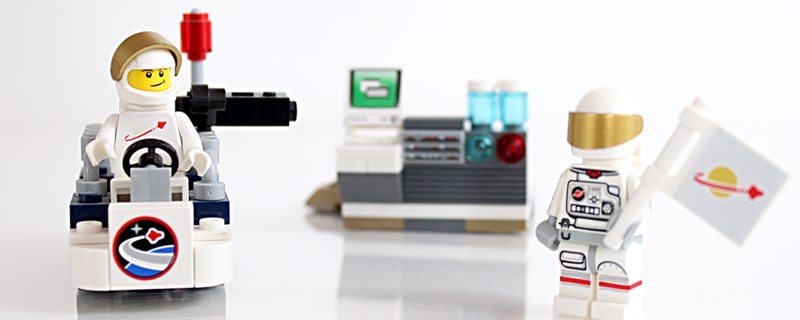Ask any parent about developing their children’s reading skills, and chances are, they can come up with a ready list of solutions: set aside time each day for quiet reading, and read stories out loud, even if the child is too young to read. That’s because we all know growing this skill outside of the classroom leads to success at school.
What’s not quite as ubiquitous is the idea of fostering an interest in science, math, engineering and technology. There’s a belief that school is enough to give kids all they need to foster their interests and abilities. At the same time, do you believe that education ends once the final bell rings?
The truth is, cultivating a love for science at home can boost their skills, improve their critical thinking, give them a sense of independence and even grow their creativity. Because of the hands-on nature of science at home, kids will also have lots of fun!
Having some hands-on familiarity with these topics will make their work at school easier; if they’ve had experience growing plants, learning about botany later will be that much easier, plus when they arrive at the topic at school, it will be a friendly one.
Look at it this way: Science is basically an official, adult method to figure out how our world works. There are many ways to make science alive, fun and exciting for the very young.
Keep it relevant
One way to cultivate a love of science is to focus on something that is real-world or relevant.
If you can make science relevant to primary school kids’ lives, you have a fighting chance of them remembering what you’ve told them, sharing the information with their mates, and lighting a little spark of interest that may just start the fire of fascination with science.
So ask yourself: What’s in your child’s world? What captures their imagination and their interest? If they love to play on their tablets and devices, launch an exploration on how those computer processors work. If they’d rather practice their layups, it’s time to talk about basketball physics.
For inspiration, look at this inspiring TED Talk with Cesar Harada. This teacher takes the science lesson of photons and neutrons and gets students involved with projects to solve man-made environmental problems. For example, he worked with his students to construct a sensor that works in the water and detects the tiny plastic particles that break down.
Many of the projects he talks about are probably on a much larger scale than what a parent-child team can come up with. But he raises this worthy mantra: I can investigate a local problem.
If inspiration does not strike when you’re out in your world, narrow your field. What about a problem at home? Who knows? If you encourage them to see the world this way, it could lead to a unique idea for a science project.
Food science
Another way to explore the many areas of science is in turning to something just about everyone loves: food! You can take a practical approach and explore actual food science, or you can use food to illustrate other science-related concepts. And if you’re lucky, you can chow down on a tasty experiment at the end.
Botanical tubes: Using celery stalks, young scientists can see for themselves how plants draw moisture up through the plant and into the leaves (along with minerals or anything else that happens to be in the water). In a cup filled with water and food colouring, place the celery stalk. Wait overnight and see what happens. Then, try other experiments. What happens when you feed celery salted water?
Electric lemon: Sounds like the name of a 1960s band, but when citric acid reacts with lemon, you get an electric charge. Naturally, you’ll want to harness that energy to make light bulbs glow. It is a tricky process, as the website points out, so this may take a few trials in order to work.
Sunny s’mores: Take an ordinary pizza take-out box and turn it into a solar oven that makes a perfectly melted ooey-gooey s’more. (Most pizza places will give you a clean, new box, if you ask.) Afterwards, talk about ideas and strategies to make the solar oven more efficient. What can be added to the box to improve the insulation?
Layer your lessons
Whatever subject you choose, reach for multiple mediums to help the lesson sink in.
Read a book: Your local library should be chock-full of books that extend the learning opportunity. The nonfiction titles in the kids’ section is a great place to start, but don’t overlook adult nonfiction. Coffee table books can feature some eye-popping photography and illustrations that capture their imagination and give the lessons a valuable visual.
Use that screen time: Use your smartphones and tablets to help with your science exploration. If your child can’t get enough of the how-to videos on YouTube, encourage them to film one of their own. Hold the camera while the kids narrate and explain what they discovered and learned. And search around for an app that complements the current subject, whether it’s exploring electric circuits or forest life.
Keep a science journal: Purchase a special unlined notebook to keep a journal of their findings. It can be used for recordkeeping, writing observations and summaries, and illustrating the science journey. It’s a versatile space that can be a blend of guided entries as well as an open space to unfurl their thoughts.
Find a workshop: Check around for other hands-on opportunities right in your community. Museums, libraries, schools and colleges often come up with innovative ways to teach kids complex lessons in a fun and engaging way.
A great way to get kids actively learning science is at a Bricks 4 Kidz summer camp. Choose a theme that will interest your child, whether it’s robotics, animals or space adventures. Boys and girls will show up ready to play and build, and they go home with engaged minds.

